Volkswagen customers in Germany ordering more diesel vehicles; share of 43% in 2018, vs. 39% in 2017
Green Car Congress
JANUARY 30, 2019
Customers of the Volkswagen Passenger Cars brand in Germany are once again placing more orders for diesel vehicles. In 2018, the share of incoming orders for vehicles equipped with the latest diesel technology as a proportion of the overall vehicle portfolio was 43% compared to 39% in 2017.





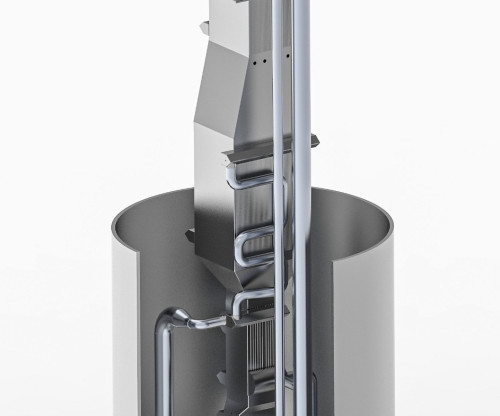

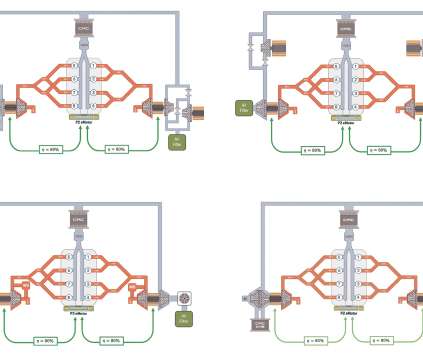



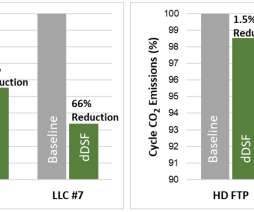
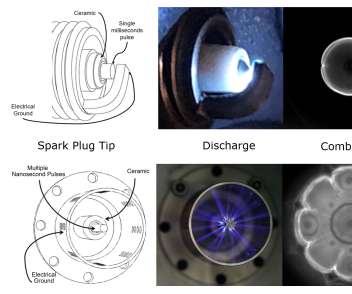

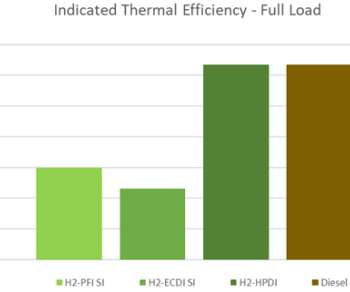

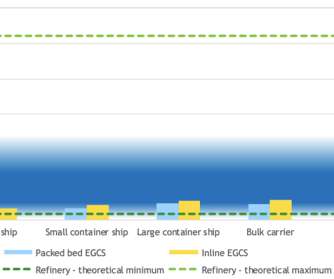

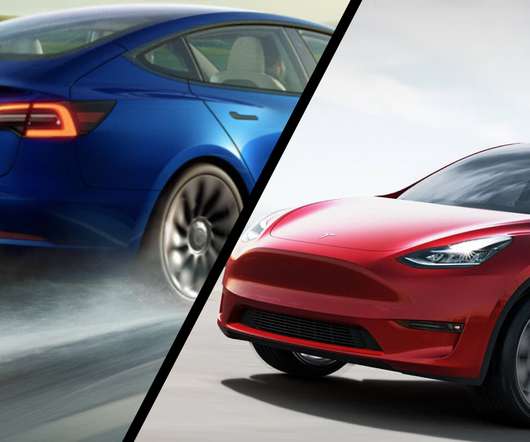



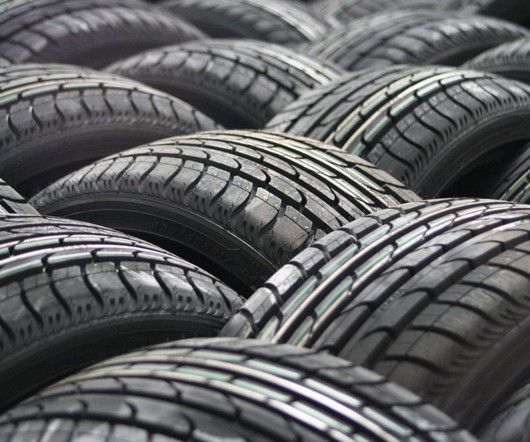

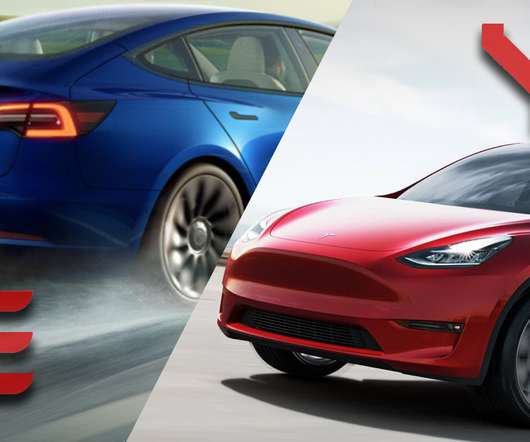

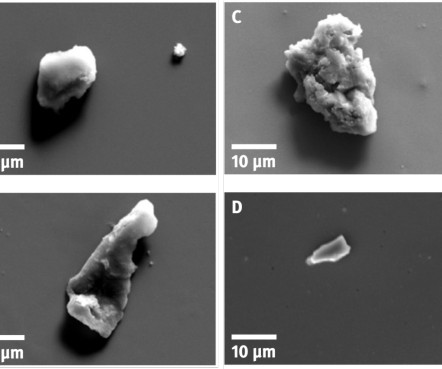



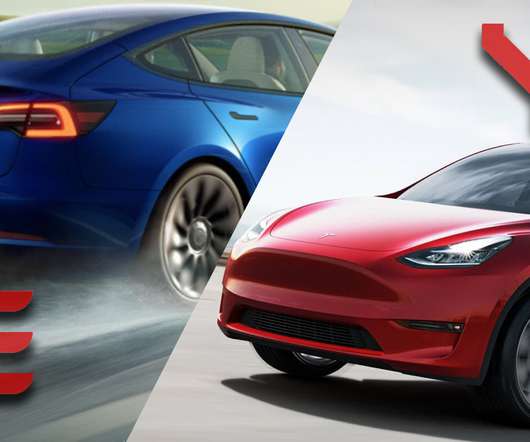

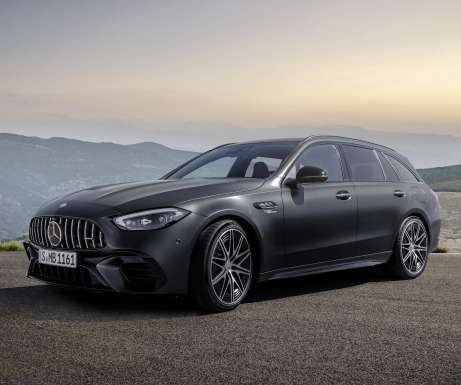








Let's personalize your content